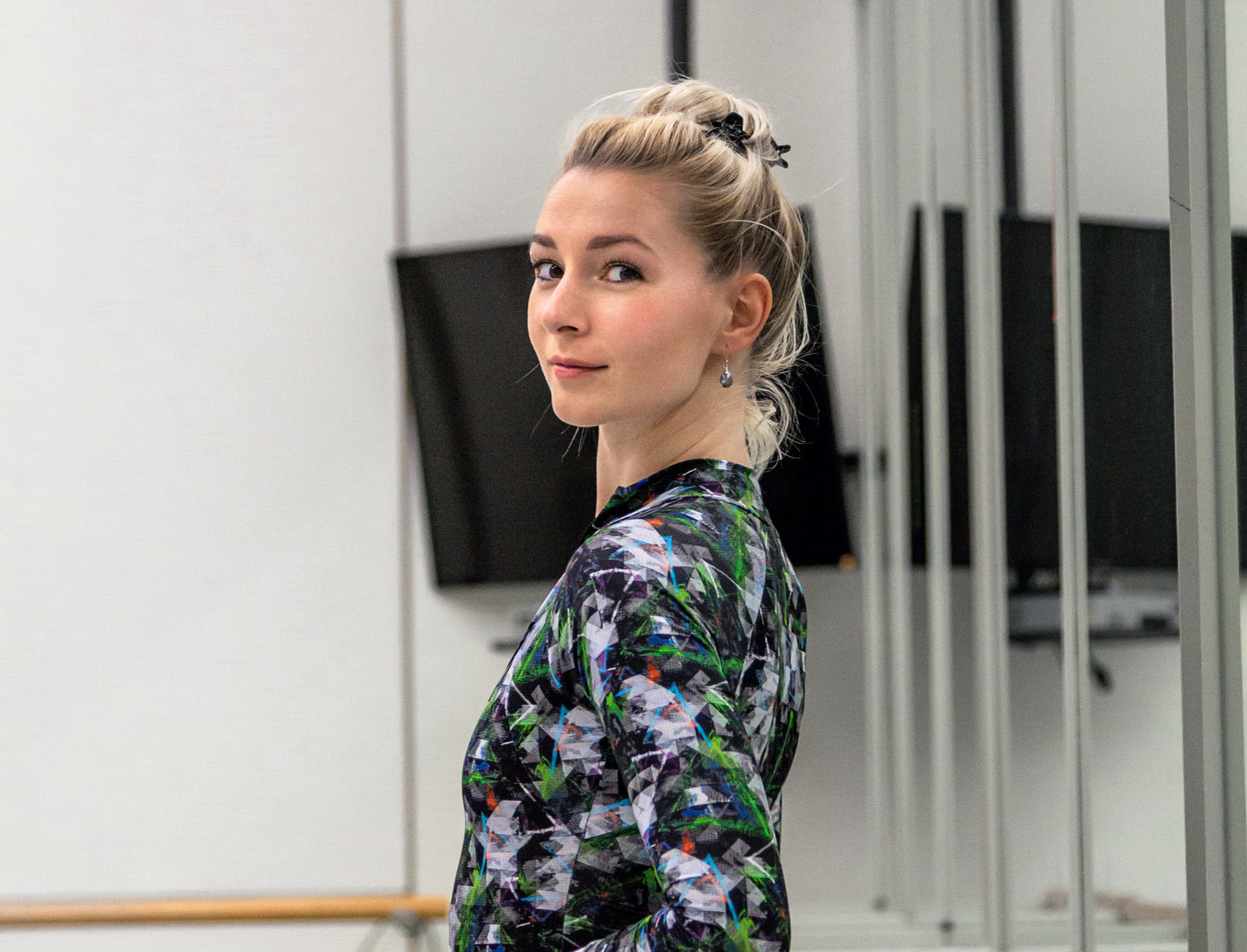‘The Bayadere’
WHEN: October 16-20
OR: Segerstrom Center for the Arts, 600 Town Center Dr., Costa Mesa
TICKETS: From $39
INFORMATION: scfta.org or 714-556-2787
The Mariinsky Ballet and Orchestra returns to Southern California to open the Segerstrom Center for the Arts’ 2019-20 International Dance Series on October 16. Upon its return, the famed Russian ballet company will bring an exotic world of temple dancers and noble warriors to life with its production of “La Bayadère,” sharing a story of forbidden love and betrayal through classical ballet.
“I believe there is nothing better, more important, more difficult in the art of dance than classical ballets,” said Mariinsky Ballet acting director Yuri Fateev. “These ballets have survived over 100 years and continue to excite audiences and dancers because they are simply ingenious.”
A timeless classic of the 19th century, “La Bayadère” was originally performed in St. ballet act was taken on tour by the Kirov Ballet.
This particular scene is said to be one of the highlights of the ballet and fits the original choreographer, Marius Petipa’s common trope of a dream or vision scene where the narrative is often (but not invariably) interrupted. These scenes are almost always composed of strict classical technique; in “La Bayadère”, the realm of shadows departs from the Indian context of the ballet.
Said Fateev of the scene, “The art is magical, and Petipa (found) an awesome visual effect in the entrance and dance of 32 ladies in white tutus. It’s just ingenious. But that effect doesn’t could only be achieved in the first-class presentation of identical-looking dancers trained within the same school.That’s the secret.
The iconic interlude is known for the corps de ballet’s performance of a series of arabesques on a moonlit stage that are choreographed in such a way as to establish the stage’s unearthly presence. It has been called a technical tour de force by many, one that acquires its magic from the sheer perfection of form.
Fateev disputes the claim that classical ballet is a declining dance style. Not only does it have a healthy ability to fuse with and support other styles, Western classical dance continues to be the gold standard in dance training.
“Certainly, today’s world opens up many opportunities for dancers, but I want to emphasize that there is nothing more difficult than classical ballet,” Fateev said. “And my axiom is this: an exceptional classical dancer is capable of executing modern choreography, but it’s never the other way around.”
The presentation at the Segerstrom Center for the Arts is a co-production with Ardani Artists and features revised choreography by Vladimir Ponomarev and Vakhtang Chabukiani with dances by Konstantin Sergeyev and Nikolai Zubkovsky.

“Yes, (the classical ballets) have gone through different revisions and are different from the originals, but they maintain the strength and purity of the spirit and concept of classical ballet,” Fateev said. “I’m sure 100 years from now (from here) audiences will be mesmerized by the poetry of ‘shades’ and the charm of Swan Lake.”
The company’s six-show engagement in Costa Mesa will be accompanied live by the Mariinsky Orchestra, one of Russia’s oldest musical ensembles, as they perform the original score by Ludwig Minkus.
With this Segerstrom appearance followed by the company’s performance of George Balanchine’s “Jewels” at the Music Center in Los Angeles from October 24-27, Fateev hopes to pay homage to the rich traditions of the Mariinsky Theater and its countless generations of dancers.
Kaitlin Wright is Arts and Culture Writer at Voice of OC. She can be contacted at kaitline13@gmail.com.




